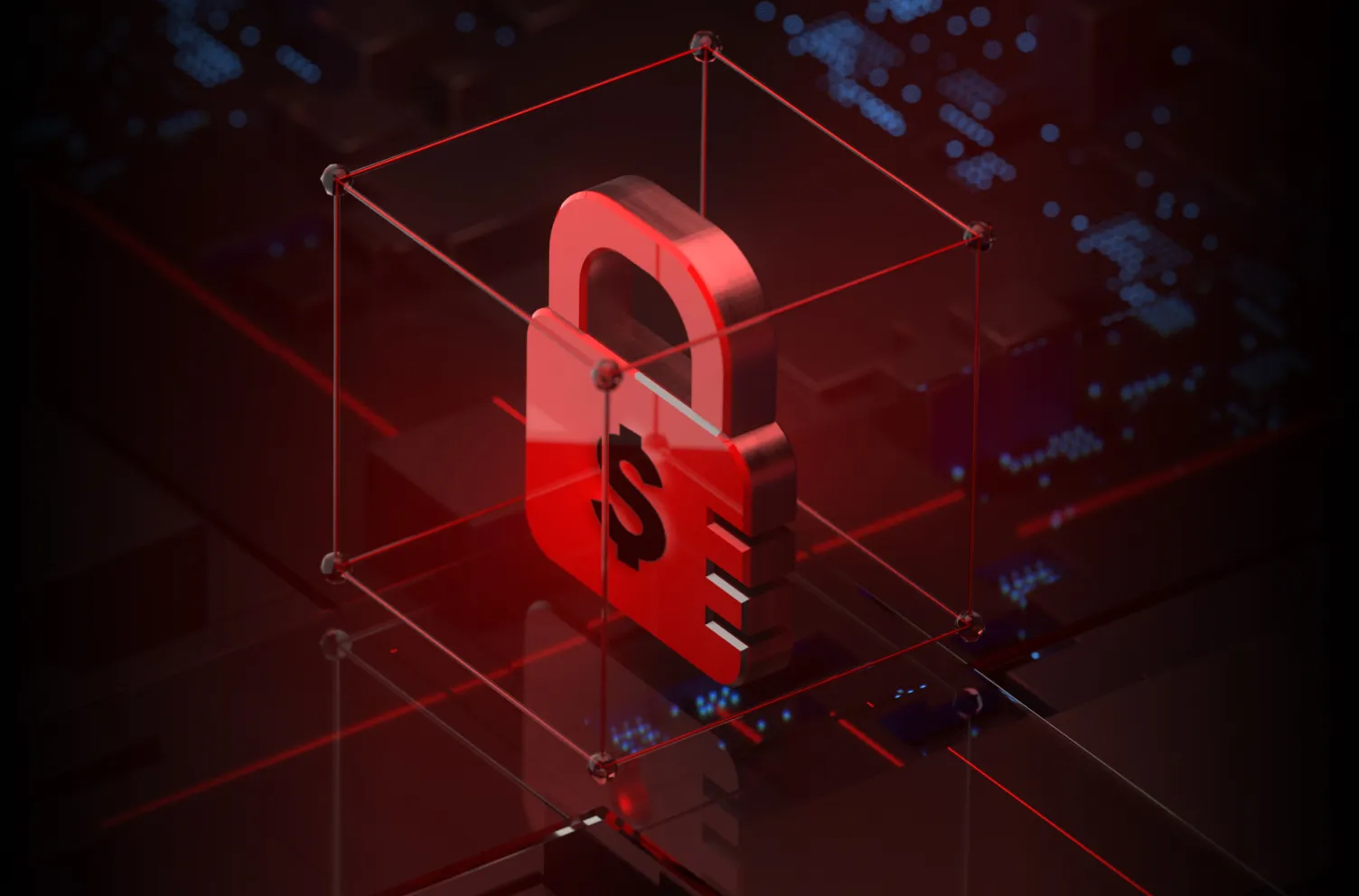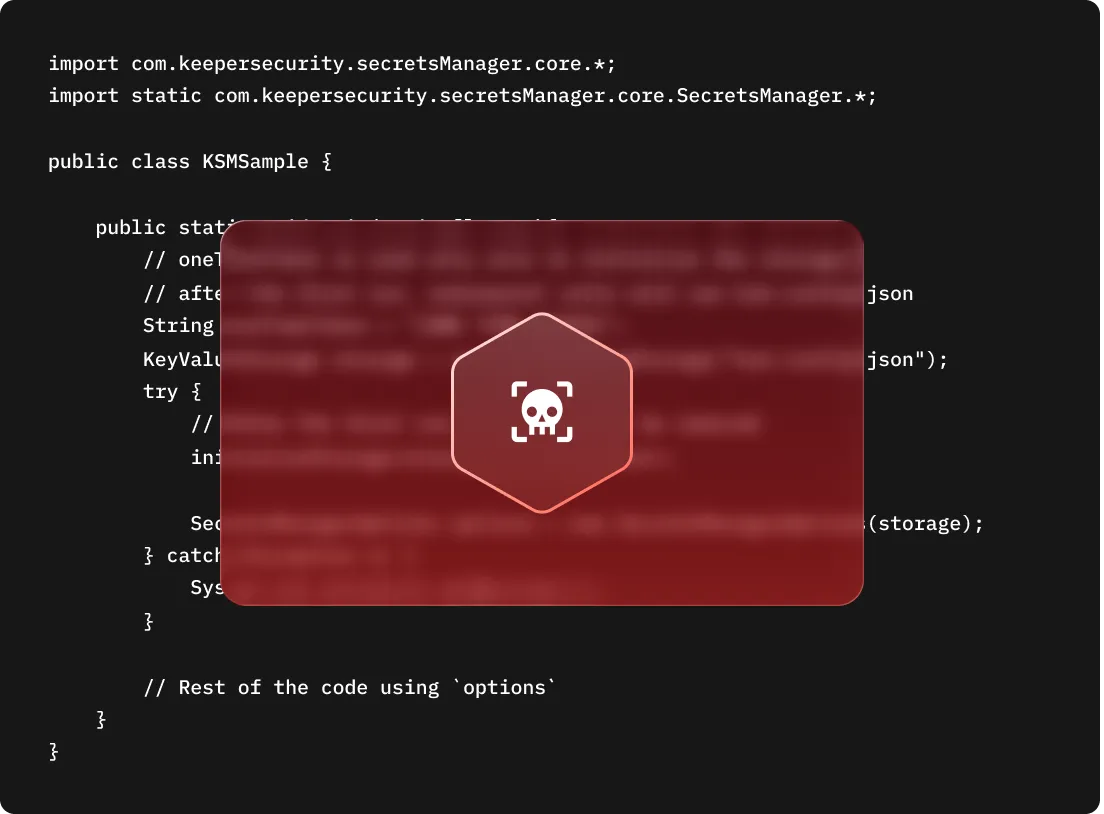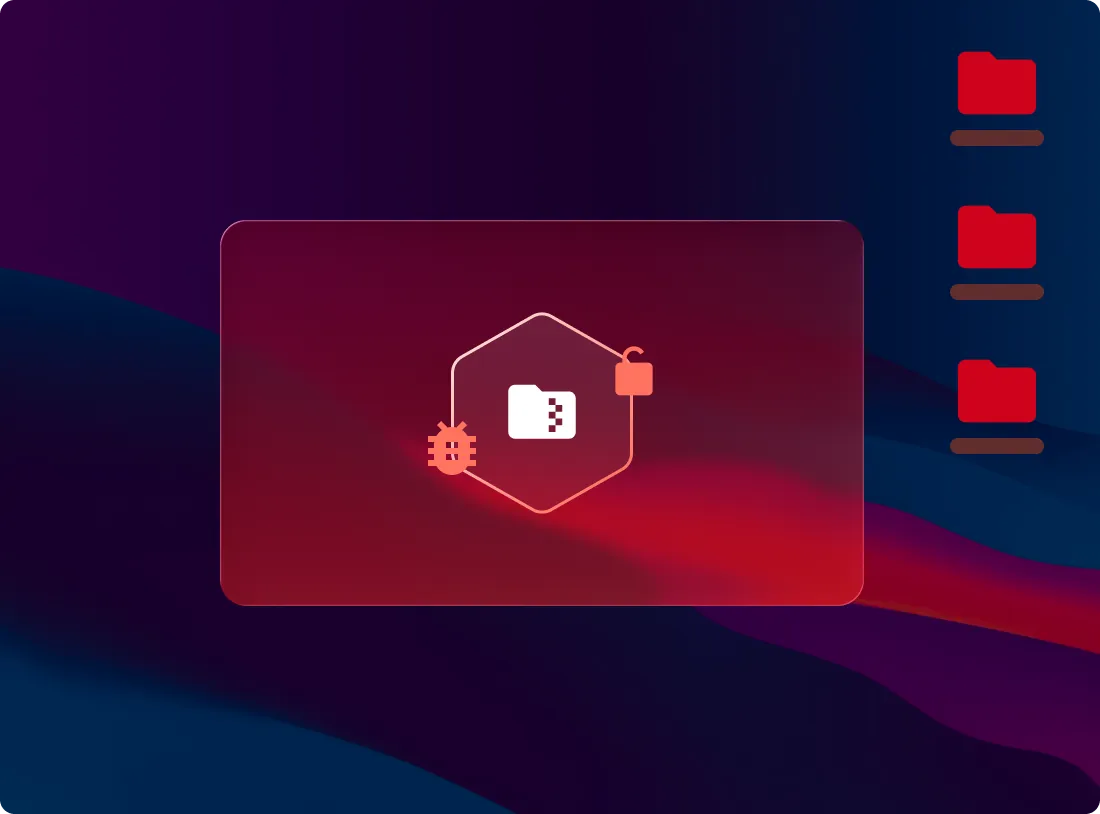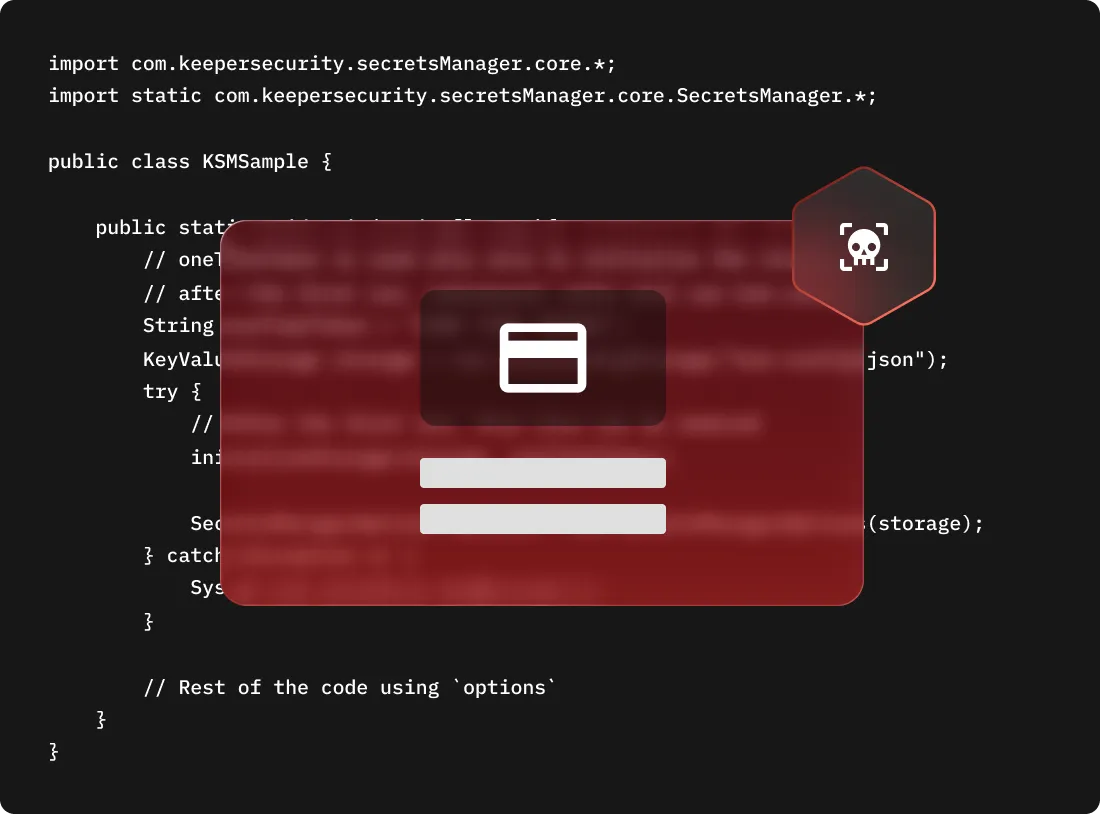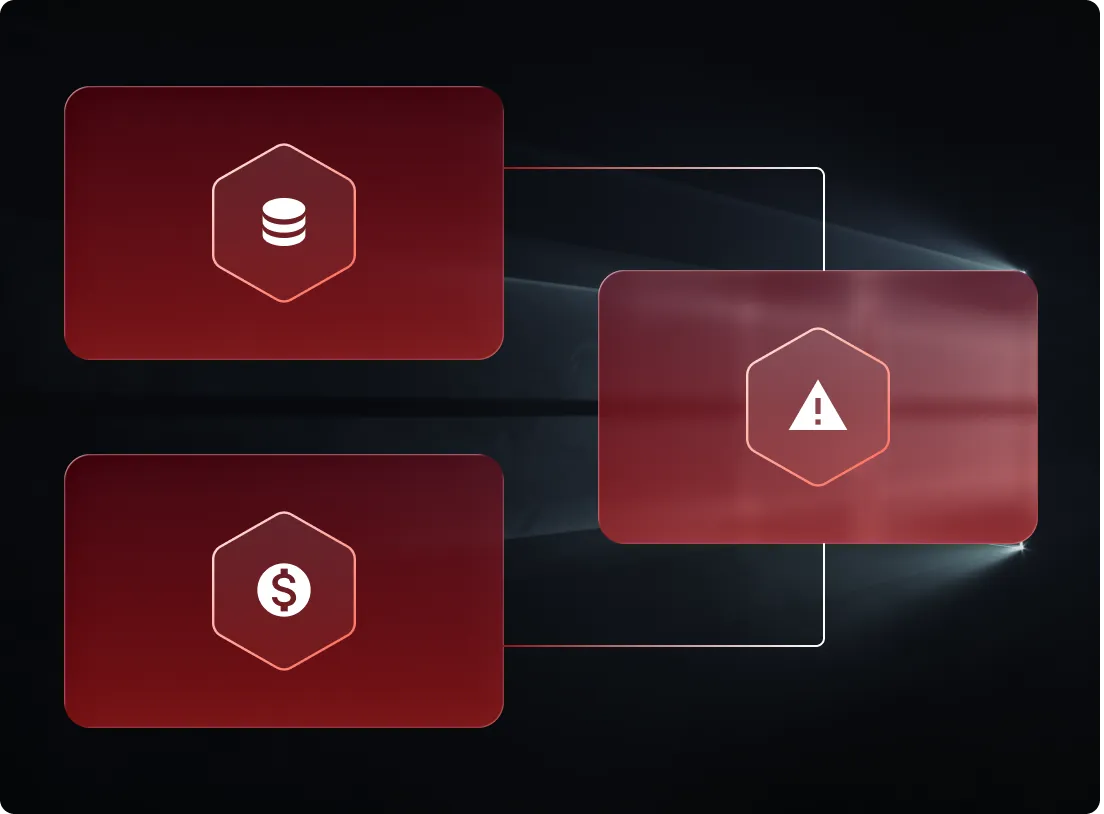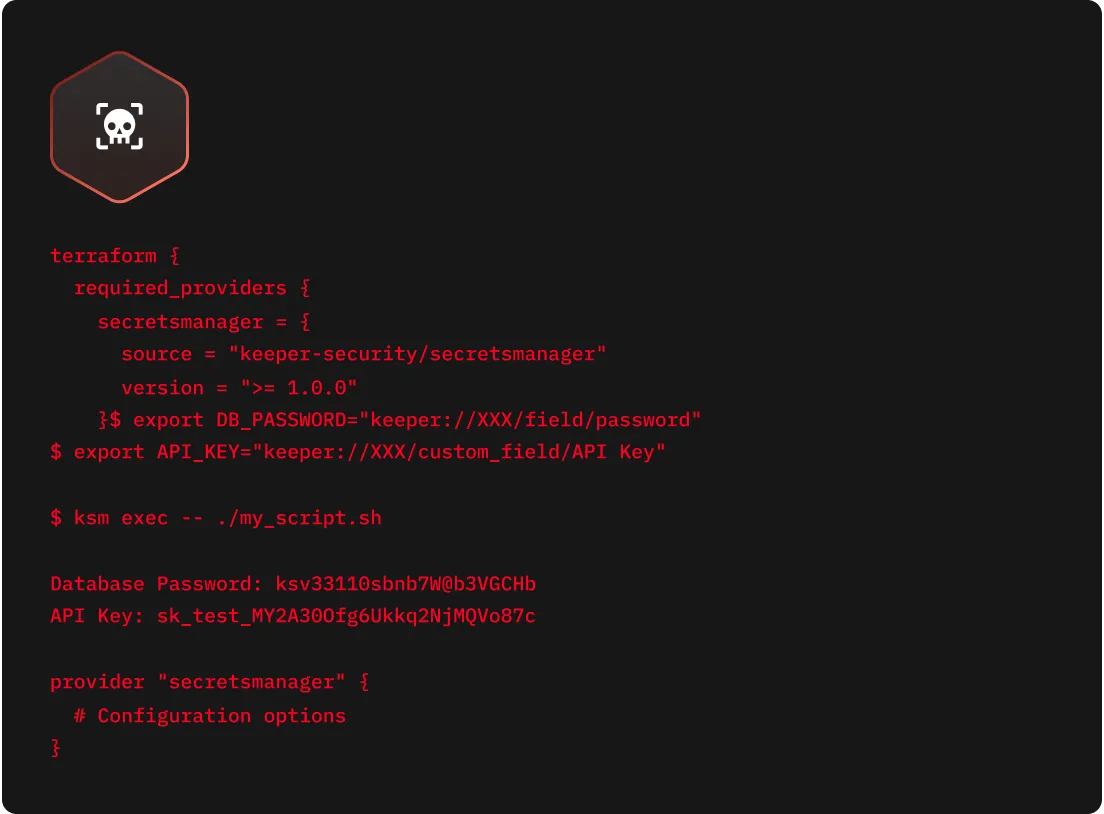Cyber Threat: Ransomware Attack
What is a ransomware attack?
Ransomware is a type of malware that encrypts data and holds systems hostage until a ransom is paid. Cybercriminals generally demand payment in cryptocurrency in exchange for a decryption key. However, paying the ransom does not guarantee that cybercriminals will fulfill their promise to return your data. Even if access is restored, sensitive data may still be sold on the dark web. No matter how big or small an organization is, ransomware attacks have severe consequences, including financial losses, operational disruptions, reputational damage and data breaches.

